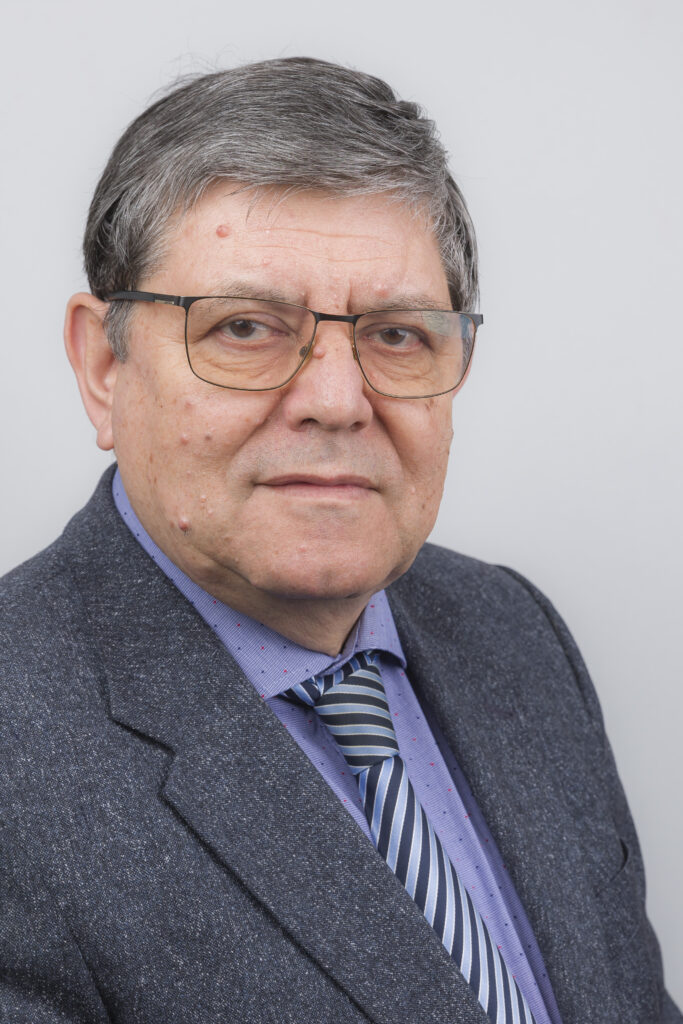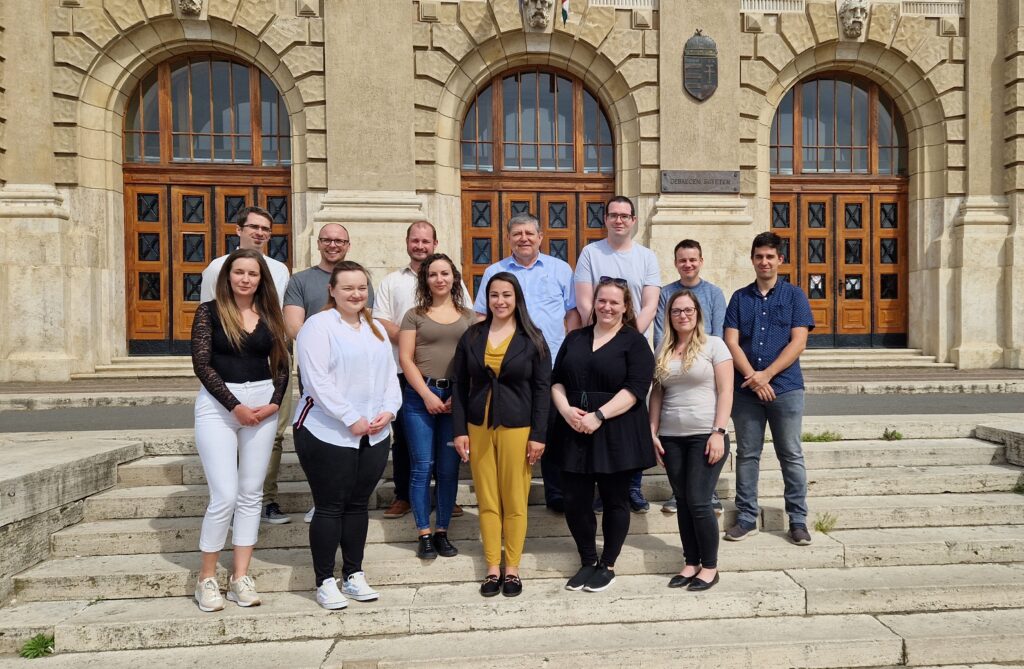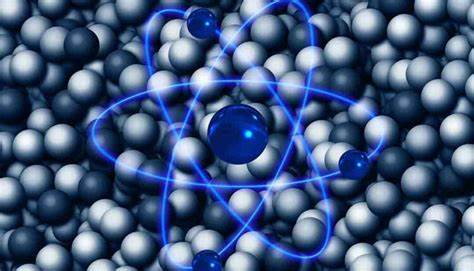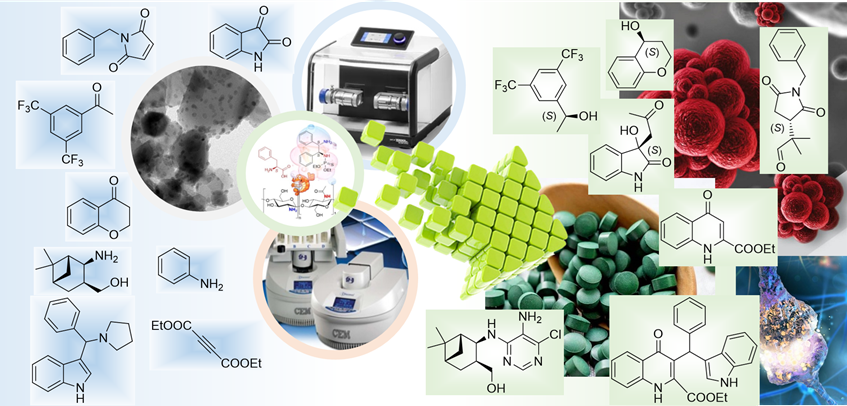Research leader name
István Dr. Fábián
Department of Inorganic and Analytical Chemistry
University of Debrecen

Amount of support
28 720 820 Ft
Brief description of the research
Most of the solution phase redox reactions proceed via complex mechanisms, which include numerous parallel and consecutive elementary steps. Establishing such mechanisms requires complementary kinetic and stoichiometric studies that are evaluated by using conventional and high-performance sophisticated evaluation methods based on thorough reaction kinetics considerations. These methods make possible the simultaneous evaluation of experimental data obtained by various experimental methods. We have been studying complex redox reactions in the following fields: the redox reactions of chlorine, sulfur(IV), oxychlorine species, peroxo species and reactive oxygen radicals (ROS), the synthesis, characterization and coordination chemistry of 1,10-phenanthroline-N-oxides, the activation of O2 and modelling the enzymes that control the concentration of ROS in living organisms. During these studies we i) identify and characterize reactive intermediates; ii) describe the kinetic properties of the reactive systems in detail; iii) identify the dominant reaction steps; iv) explore the kinetic couplings between the competing reaction paths; v) on the basis of simultaneous evaluation of all experimental data, develop comprehensive kinetic models for the interpretation of the kinetic and stoichiometric features of these systems. The results may prove to be essential in practical applications such as environmental technologies, water and waste-water treatment, the reuse of grey waters, disinfection processes, whitening, advanced oxidation processes (AOP) etc., and make possible to understand the chemical background of in vivo redox processes.
Downloads
- CV
- PODCAST
Another important field of our research activity is the synthesis of aerogels, as well as the physical and chemical characterization of these high-porosity materials. We have prepared several aerogels that are suitable for the removal of contaminants from water; advanced heat insulators in the space technology; high-performance heterogenous catalysts; bioactive materials for bone regeneration; new drug delivery systems; enzyme reactors; photocatalytic materials. We have thoroughly been investigating how the physical and chemical properties of aerogels depend on their structural features. We also prepare functionalized materials by electrospinning. In this case, the main objective is also the optimization of the synthesis and controlling the properties of the new materials. In general, we wish to utilize the synergy of our studies on the homogeneous and heterogeneous systems. Thus, we intensively study how the results obtained for homogeneous catalytic redox reactions can be adopted for designing heterogenous catalytic systems and used for the interpretation of the corresponding processes.
For these studies, the following instrumentation is available in our laboratories: several stopped-flow devices, laser flash photolysis system, custom-built photoreactor, ozone generators, spectrophotometers, spectrofluorimeter, benchtop NMR instrument (60 MHz), potentiometric systems, research level ionchromatograph, HPLC-MS, GC-MS, automatized reactor system for the synthesis of aerogels (5 reactors), high performance electrospinning device, porosimeter, modular rheometer etc. Via our collaborations we also have access to specific research infrastructure such as high field NMR and solid-state NMR instruments, EPR devices, CE-MS instrument, Small Angle Neutron Scattering (SANS) system.
We also use computational chemistry methods for supporting our experimental results.




